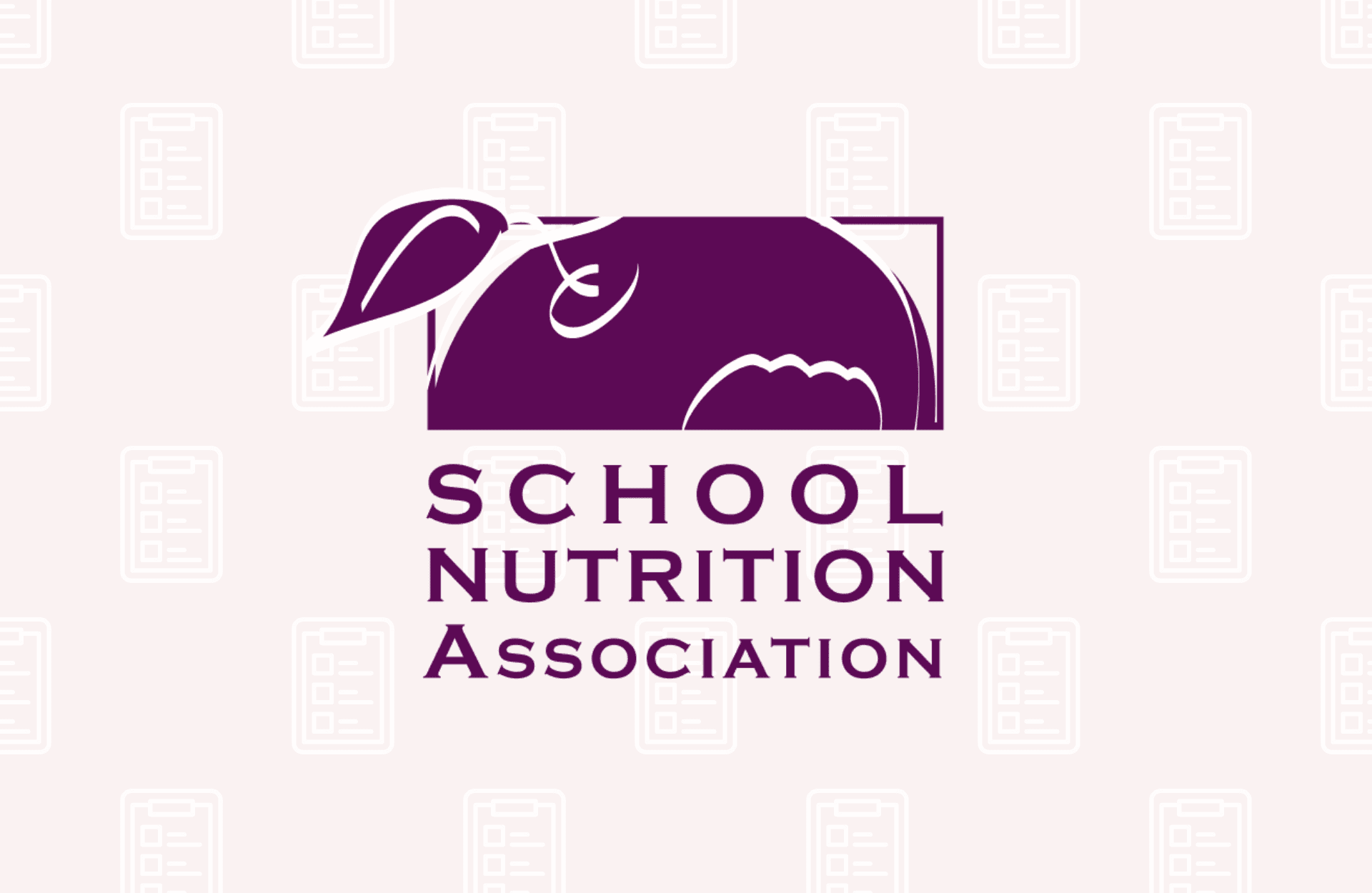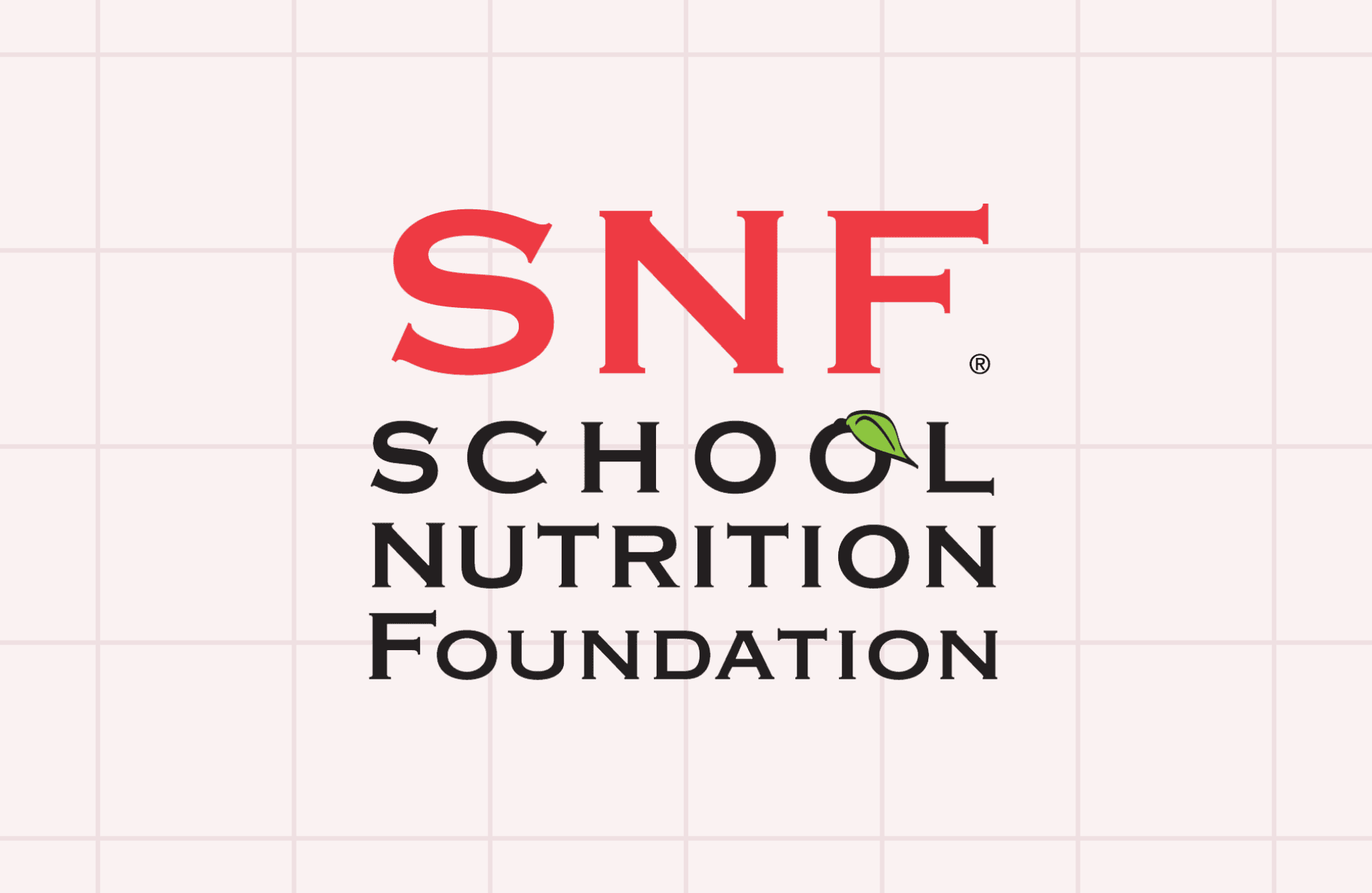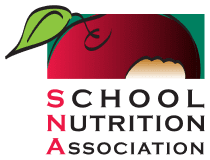There’s something about storytelling that continues to captivate us from generation to generation—who can resist the inspiring appeal of somebody facing a problem and finding a way to overcome it, ultimately leaving them changed because of the experience? This is probably something you see in your foodservice programs every day. Big or small, we all face problems, and those problems are what test us both professionally and personally, usually resulting in stronger programs that serve our students better. Hence why this month, we’re focusing on how every cafeteria has a story.
We’ve got the firsthand account of Buncombe County Schools nutrition team’s valiant efforts in the aftermath of Hurricane Helene, Warrick County School Corporation’s innovative approach to making students more excited about school meals, a high school student’s advocacy to bring about safer cafeterias, and much more. Plus, we’ll look at how you can further your own story at this year’s upcoming ANC. You’ll find all this valuable insight in our May/June issue highlighting these topics:
My Journey to Buying Lunch at School: As someone who was diagnosed with celiac disease at a young age, high school senior Nathaniel Teres knows what it’s like to have to navigate food situations where the wrong thing could make him sick. But he learned to speak up for food safety, and now he’s sharing his story about how he became an advocate of better labeling in school cafeterias, making it easier for himself and others with food intolerances and allergies to participate in school lunch programs.
From Impact to Action: Hurricane Helene hit Buncombe County, North Carolina, harder than expected, leaving a community in devastation. But the nutrition team of Buncombe County Schools met the moment and played a crucial role in recovery, proving that the worst of times can bring out the best in people.
Little Chefs, Big Lessons: The team at Warrick County School Corporation has an innovative approach to getting students excited about school meals—their Little Chefs program, which invites elementary schoolers into the kitchen for hands-on cooking lessons from the nutrition staff. What started small nearly 20 years ago has grown into a much-loved opportunity for students to have a new appreciation of food and all that’s involved in preparing it.
Navigating What’s Next: School foodservice has never been an easy mission, and every year brings different challenges. With rising costs and new regulations presenting themselves as the latest problems that need to be solved, four SNA leaders—Shannon Gleave, Stephanie Dillard, Ashley Powell and Eric Span—share their thoughts on how staying flexible, planning ahead and leaning on their peers are making all the difference and helping their programs continue to thrive.
Shaping a Stronger Voice: After her term as employee/manager representative on the SNA Board of Directors, Heather Perry has a new perspective on leadership and what it means to ensure every voice is heard. She explains how her role let her highlight the daily realities of frontline employees and managers who are crucial to the success of school meals, and she has words of advice for anyone who might be considering a similar volunteer role for themselves.
Food Focus: Meet Me at the Intersection of Sweet and Savory: Sweet and savory might be a surprising combination, but it’s one that works well—and it’s one that can encourage young eaters to try out new flavors they would otherwise have reservations about. The best part is these bold flavors can usually be achieved without a lot of sodium or added sugar. Find out why foods like Mango Chicken Stir Fry, Hawaiian Hot Dog with Pineapple Salsa, and French Toast Chicken Melt are so successful and so irresistible.
Click here to read School Nutrition’s May/June 2025 issue to discover all of these articles, and more!
Related Articles

Help Shape SNA’s 2026 Position Paper & Win a Trip to LAC26!
Read More

Meet the New Leadership: SNF President and Board Members Announced
Read More




